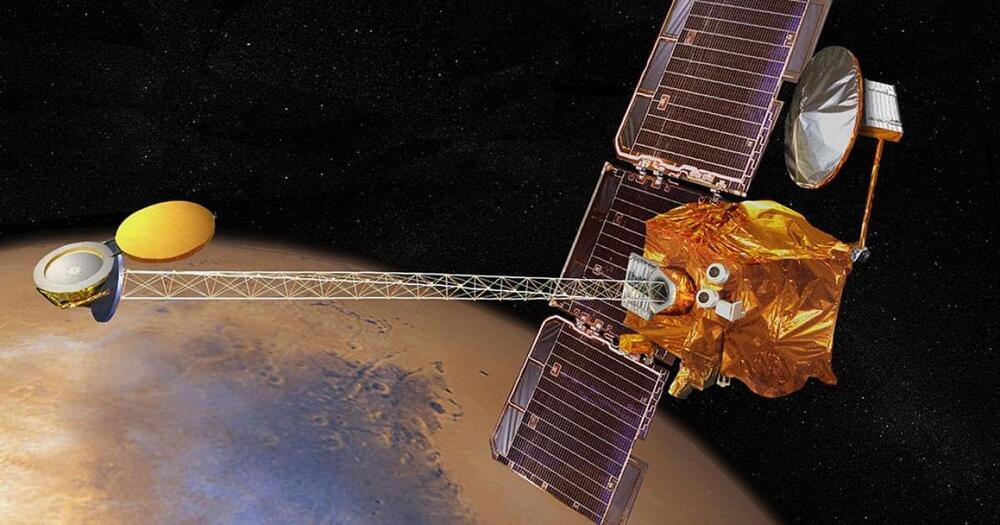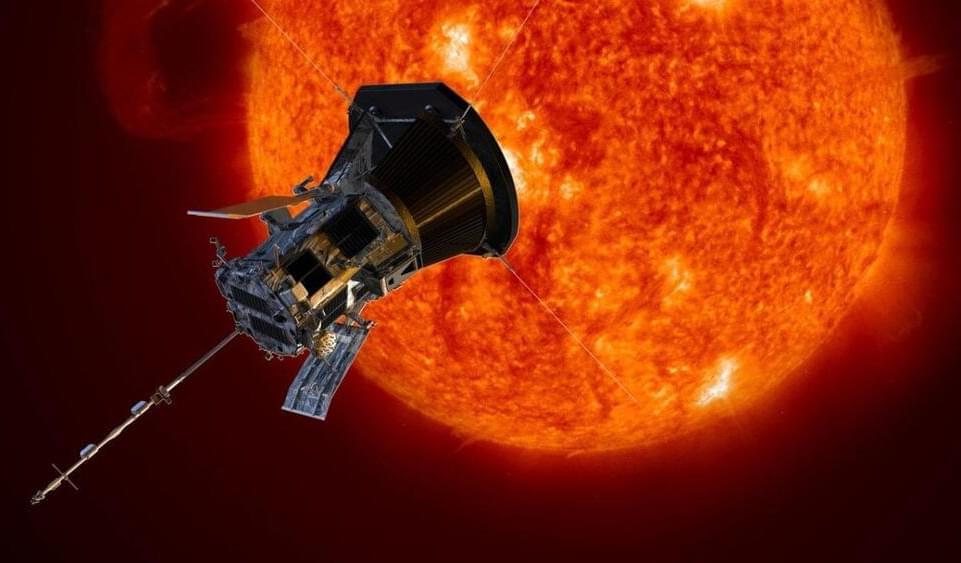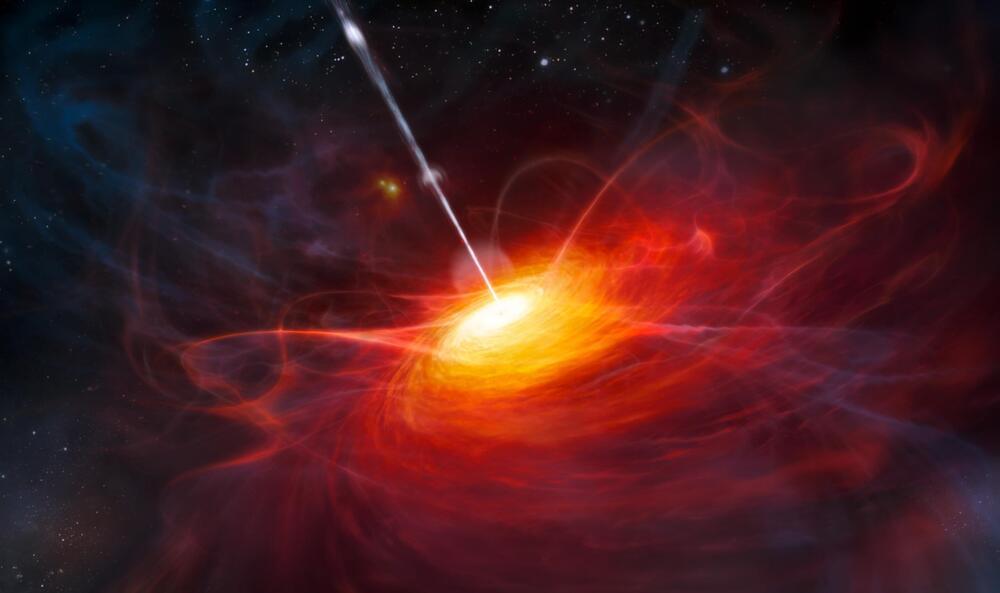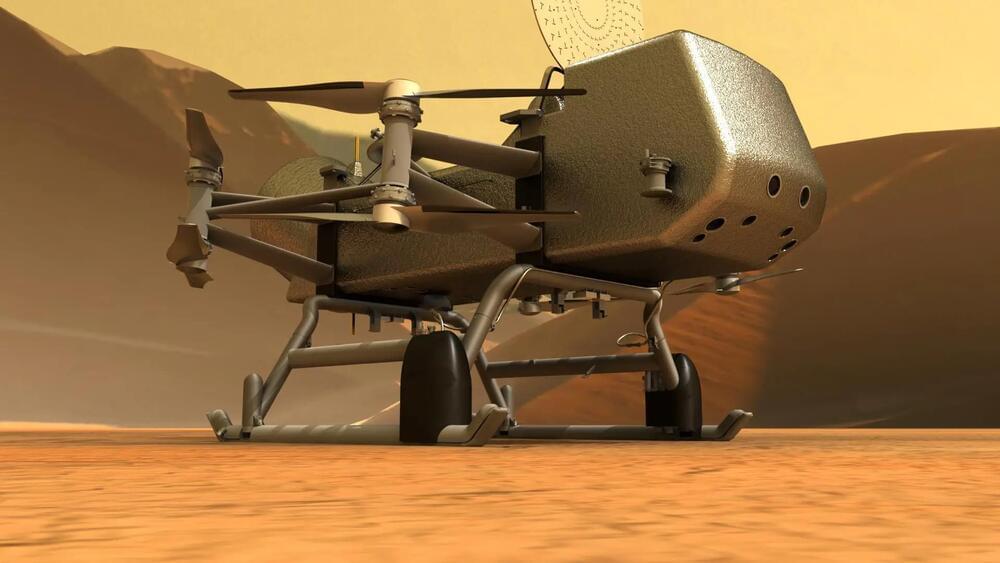
Designing, building, and launching a spacecraft is hugely expensive. That’s why NASA missions to Mars are designed with the hope that they’ll last as long as possible — like the famous Opportunity rover which was supposed to last for 90 days and managed to keep going for 15 years. The longer a mission can keep running, the more data it can collect, and the more we can learn from it.
That’s true for the orbiters which travel around Mars as well as the rovers which explore its surface, like the Mars Odyssey spacecraft which was launched in 2001 and has been in orbit around Mars for more than 20 years. But the orbiter can’t keep going forever as it will eventually run out of fuel, so figuring out exactly how much fuel is left is important — but it also turned out to be more complicated than the NASA engineers were expecting.
Odyssey started out with nearly 500 pounds of hydrazine fuel, though last year it looked as if the spacecraft was running much lower on fuel than had been predicted.

















